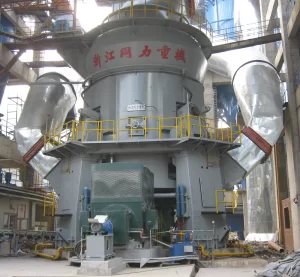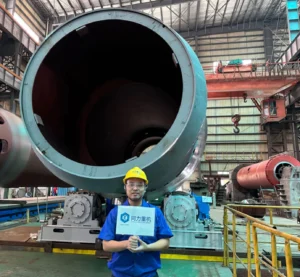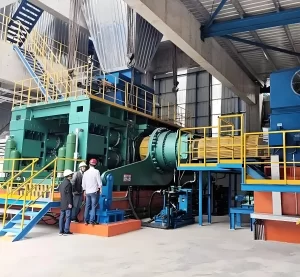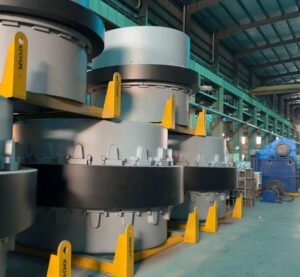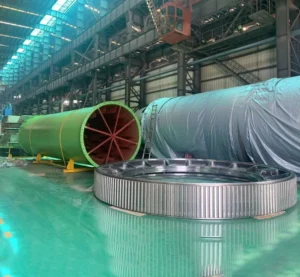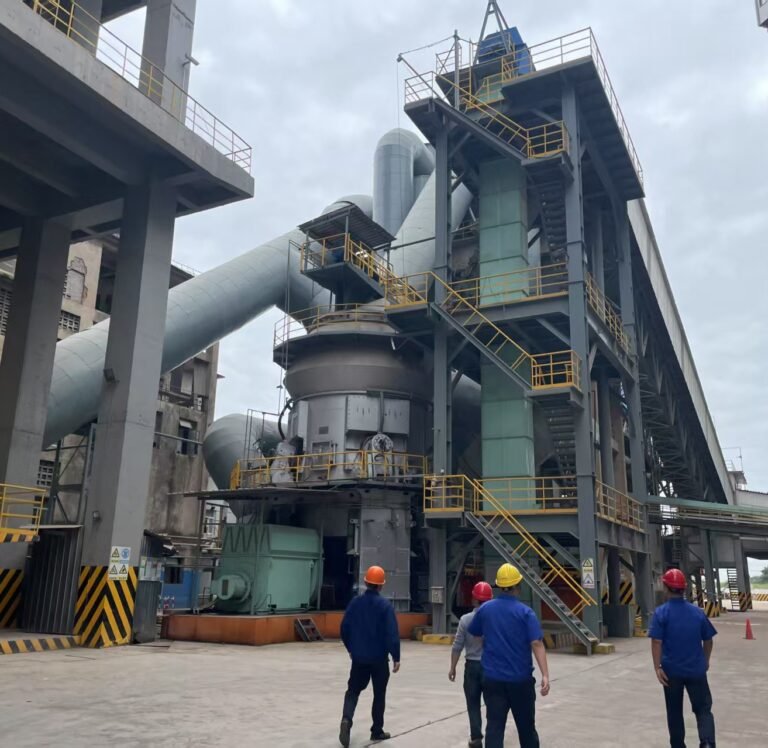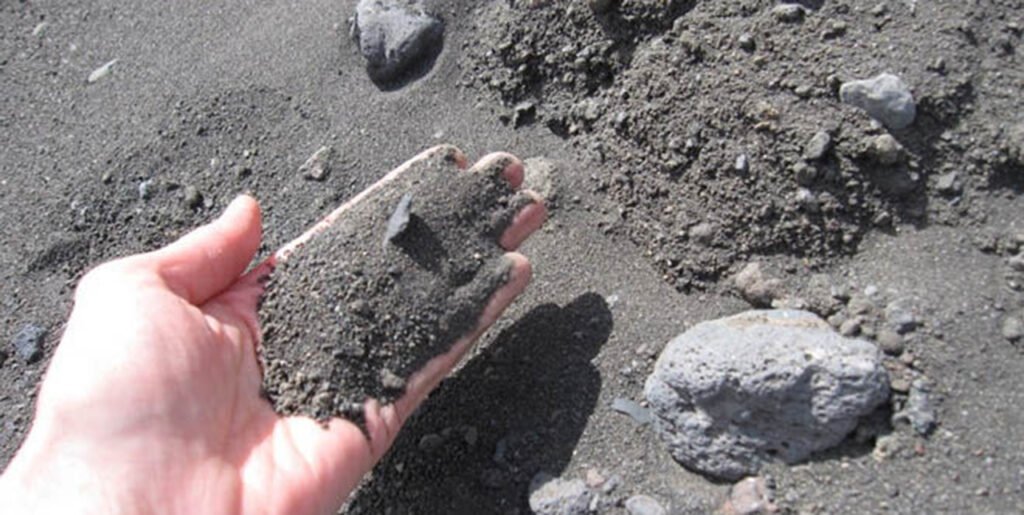
The full name of PPC in cement is Portland Pozzolana Cement. PPC is a blended cement made of Portland clinker, pozzolana particles and gypsum in specific proportions. The hydraulic cementing materials made of Portland cement clinker, pozzolanic materials and appropriate amount of gypsum are collectively called Portland Pozzolana Cement (PPC Cement). It is a blended cement made by mixing and finely grinding silicate cement clinker, pozzolanic materials and gypsum. Pozzolanic materials contain active silicon and aluminum and usually do not have any cementing properties. But when they are mixed with water and lime at room temperature, they react with calcium hydroxide to form compounds with cementing properties. Portland cement is a basic building material. Two common variants of it are Portland Pozzolanic Cement (PPC) and Portland Slag Cement (PSC). Both cements have their own characteristics and uses, which affect their applicability in different construction projects. This special ingredient makes PPC cement more durable, more environmentally friendly and more affordable than traditional OPC cement. In this article, we’ll explore the types of PPC cement, its common uses, and the key benefits that make it a top choice for modern construction.
Types of Portland Pozzolana Cement
PPC is classified according to the type of pozzolanic material used and differs according to its pozzolanic content and additives. The main types are as follows:
- Fly ash-based PPC
This type of concrete mixes artificial pozzolanic material with Portland clinker and adds gypsum, containing 15-35% fly ash, a byproduct of burning coal in thermal power plants.
Best for: Mass concrete projects, marine structures
Advantages: High workability, reduced heat generation - Calcined clay-based PPC
Uses calcined clay instead of fly ash, providing similar performance. Use heat-treated clay as the pozzolanic material.
Best for: Plastering, masonry projects
Advantages: Improved sulfate resistance, reduced permeability - Silica fume-based PPC
Contains silica fume (a byproduct of silicon metal production).
Best for: High-strength concrete, precast elements
Advantages: Excellent compressive strength, reduced bleeding - Pozzolanic ash-based PPC
Uses natural volcanic ash as the pozzolanic component to increase strength and durability
Best for: Historic restoration, environmental projects
Advantages: Natural material, slow setting time
Main components and functions of PPC
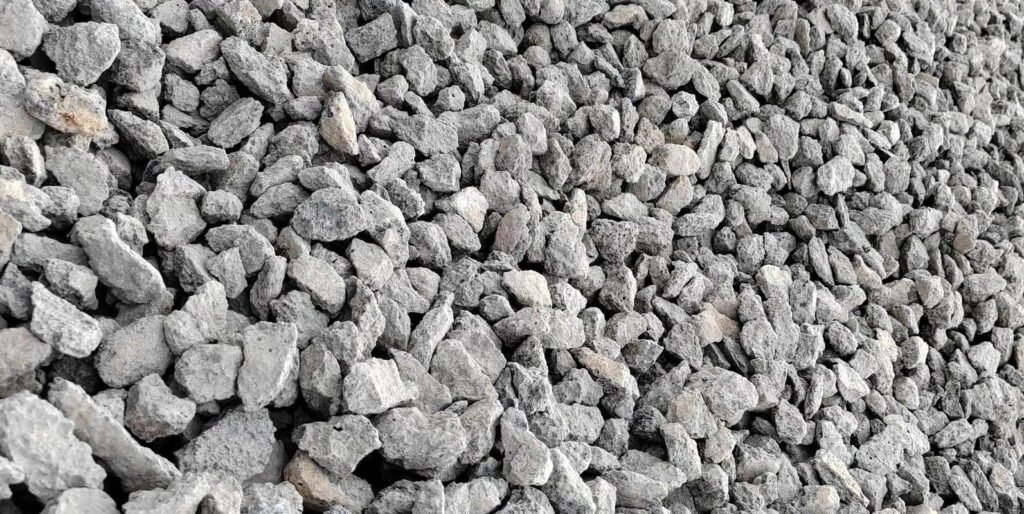
Main Ingredients
- Portland Cement Clinker: This is the main component of PPC and is made by heating a mixture of limestone, clay and other materials in a kiln at temperatures between 800-1000 degrees Celsius. Portland cement clinker is mixed with gypsum (which controls the setting time) and provides the cement with its basic strength and binding properties.
- Pozzolanic Materials: Pozzolanic materials are finely divided siliceous or siliceous and aluminous materials that react with calcium hydroxide (Ca(OH)2) in water to form cementitious compounds. Common pozzolanic materials used in PPC include fly ash, volcanic ash, calcined clay and silica fume.
The chemical composition of PPC is usually as follows:
- 20% to 35% silicon dioxide,
- 5% to 15% aluminum oxide,
- 1% to 10% iron oxide,
- 30% to 40% calcium oxide,
- 0.1% to 4% magnesium oxide and
- 1% to 3% sulfur trioxide.
The role of volcanic ash
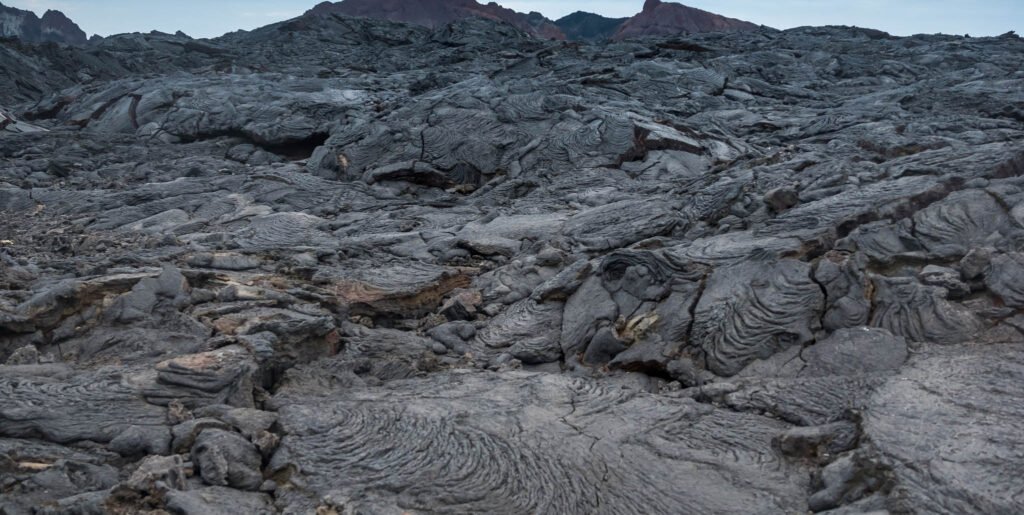
Pozzolan is a key ingredient in PPC cement. It is a reactive material that combines with calcium hydroxide to form a cementitious compound. This process is called pozzolanic reaction, which enhances the overall performance of cement by:
- Improved compressive strength: PPC cement develops higher compressive strength over time compared to OPC, making it ideal for load-bearing structures.
- Improved water resistance: The pozzolanic reaction produces a denser cement matrix, which reduces porosity and enhances water resistance, which is critical for structures exposed to humid environments, such as roofs and basements.
- Better sulfate resistance: PPC cement exhibits excellent resistance to sulfate attack, a common cause of concrete deterioration.
- Enhanced durability: The combined properties of strength, water resistance, and sulfate resistance contribute to the overall durability of structures built with PPC cement.
Portland Pozzolan Cement Properties
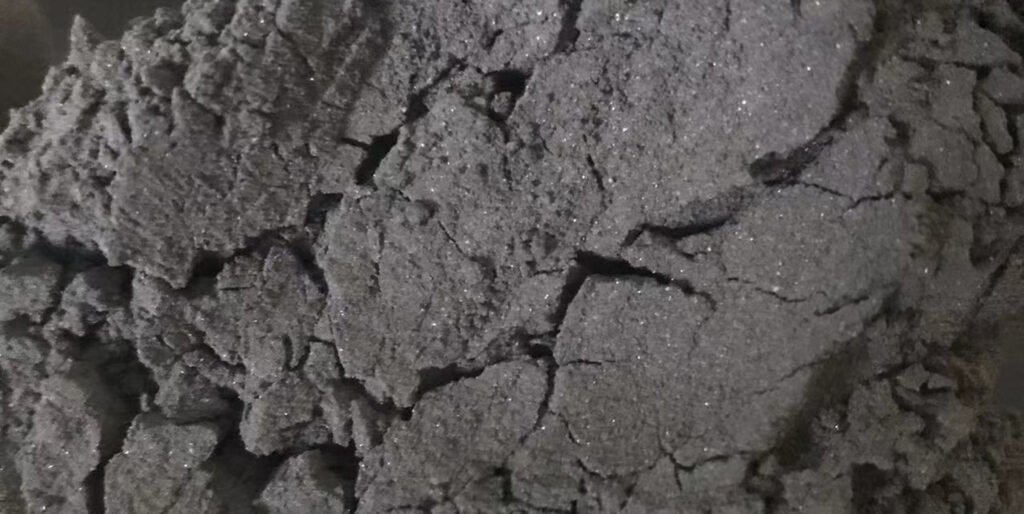
- Fineness: The fineness of cement determines the particle size, which affects the surface area and thus the heat of hydration. The surface area of PPC should be at least 300 m2/kg.
- Soundness: Soundness refers to the volume stability of cement after solidification and hardening. The expansion of unaerated PPC shall not exceed 10 mm and the autoclave expansion shall not exceed 0.8% by Le Chatelier method.
- Initial setting time: It refers to the time when cement starts to harden and gradually loses plasticity after mixing with water. The minimum initial setting time of PPC is 30 minutes.
- Final setting time: The final setting time refers to the point in time when cement completely loses plasticity after mixing with water. For PPC, the maximum final setting time is 600 minutes.
- Compressive strength: Compressive strength defines the ability of concrete to withstand loads without deformation or cracking. The compressive strength of PPC must reach at least 16 MPa at 3 days, at least 22 MPa at 7 days, and at least 33 MPa at 28 days.
- Cement strength: PPC cement has a low initial strength but a high final strength, which is due to the interaction between the active silica in the volcanic ash material and calcium hydroxide to produce a large amount of hydrated calcium silicate.
- Drying shrinkage: Drying shrinkage is the shrinkage caused by the evaporation of capillary water after the concrete hardens. The drying shrinkage rate should not exceed 0.15%.
- Curing time: PPC cement has a long curing time, and the curing temperature has a greater impact on its strength development. The curing speed is slower when the temperature is low, and the hardening will be accelerated when steam curing or wet heat treatment is used. Therefore, it is not suitable for winter construction.
- Large water demand: PPC cement has a large water demand due to its porous mixture and fine particles. The standard consistency water demand varies with the type and dosage of admixtures.
- Acid resistance: PPC cement has a strong resistance to sulfate erosion in acidic water and carbonated environments.
Benefits of Portland Pozzolana Cement
Why are more and more builders choosing PPC over OPC? Here are the main advantages:
- Environmentally friendly: Reduces carbon footprint by utilizing industrial waste (fly ash), and the materials used in the manufacturing process are made from natural recycled waste.
- Cost-effective: Because 25% of the expensive ordinary Portland cement clinker is replaced by cheaper pozzolanic material. Cheaper than OPC due to the pozzolanic additive
- Higher durability: Resistant to sulfate attack and alkali-silica reaction, it not only has high fineness and better surface finish, but also has comprehensive durability and wear resistance.
- Better workability: Finer mix improves placement and finishing
- Reduces thermal aeration: Reduces thermal cracking in large concrete pours
- Long-term strength gain: Continues to gain strength after 28 days
Application of Portland Pozzolan Cement
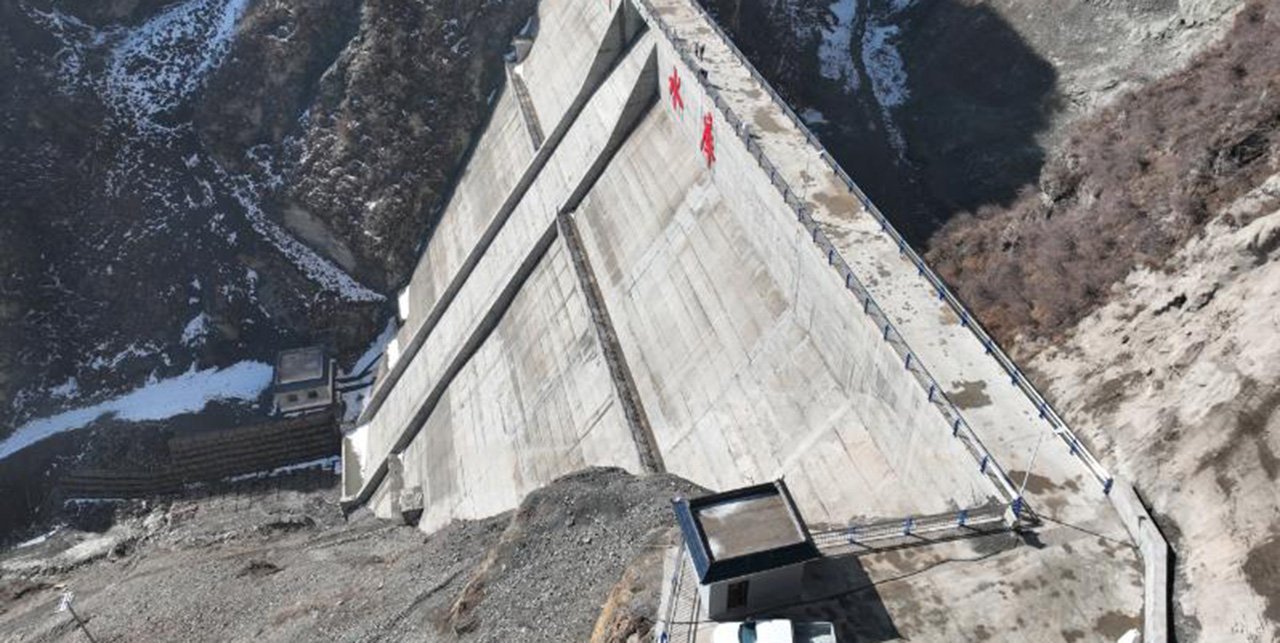
Portland pozzolana cement has a wide range of uses, such as:
Hydraulic structure construction
Dams:
Portland pozzolana cements are mainly suitable for dams. This is because of their low heat of hydration. This helps reduce the risk of thermal cracking in large concrete structures. The construction of Sardar Sarovar Dam in India is an example of such an application. The project employed PPC to reduce heat generation and thermal stress.
Canals and sewage treatment plants:
Portland pozzolana cements have higher resistance to sulfate attack and durability. Hence, they are ideal for building structures that come in contact with water. Portland pozzolana cements exhibit extremely high resistance to sulfates. They have an expansion of less than 0.1%, compared to 0.2% for OPC concrete.
Marine Structures
Ports and Harbours:
Portland Pozzolana Cement is preferred for marine structures due to its resistance to chloride ion penetration. This is essential for structures exposed to seawater. Chennai Port is an example of this application. PPC has been used in the construction of new berths, primarily to extend the life of the structure.
Offshore Platforms:
PPC's durability in harsh environments makes it suitable for offshore platforms as they will be exposed to salt water.
Mass Concrete Works
Foundations and Piles:
PPCs are used in foundations and piles due to their properties of reduced cracking risk and low heat of hydration. They can be used in large concrete pours. PPC was used in the construction of the foundation of the Burj Khalifa. It is mainly used to control thermal stresses.
Raft Foundations:
PPC technology is used in raft foundations for minimum temperature gradients and durability. Projects like the Shanghai Tower have adopted PPC technology.
Buildings and Structural Concrete
High-rise Buildings:
PPCs are used in high-rise buildings due to their higher workability and resistance to chemical attack. They have been used in the construction of the Petronas Twin Towers. This helps in achieving durable concrete structures while minimizing construction requirements.
Residential and Commercial Complexes:
PPCs are the material of choice for commercial buildings due to their smooth surface finish, high strength and low permeability. This helps in the sustainability of the buildings, mainly due to the use of industrial by-products such as fly ash.
Transport Infrastructure
Roads and Highways:
For roads and highways, PPC is preferred for its durability and reduced maintenance. The Delhi-Mumbai Expressway project is a prime example. The project adopted PPC as concrete pavement to ensure its longevity and cost-effectiveness.
Airports:
The high strength and durability of PPC makes it ideal for use in structures such as airport runways and taxiways. Indira Gandhi International Airport, New Delhi, has adopted PPC for its expansion. This helps to extend the life of the concrete surface.
Manufacturing process of PPC cement
Pozzolanic Portland cement is made by mixing and grinding Portland cement clinker, pozzolanic materials and gypsum. Its production process is roughly the same as that of ordinary Portland cement, which can be divided into four steps: raw material crushing, raw material grinding, clinker calcining, and cement grinding.
Raw material crushing
Limestone and clay are the main raw materials for Portland cement production. After these raw stones are mined, they are unloaded by trucks, sent to crushers for crushing, reducing the particle size, and then piled in pre-homogenization fields for processing.
Raw material grinding
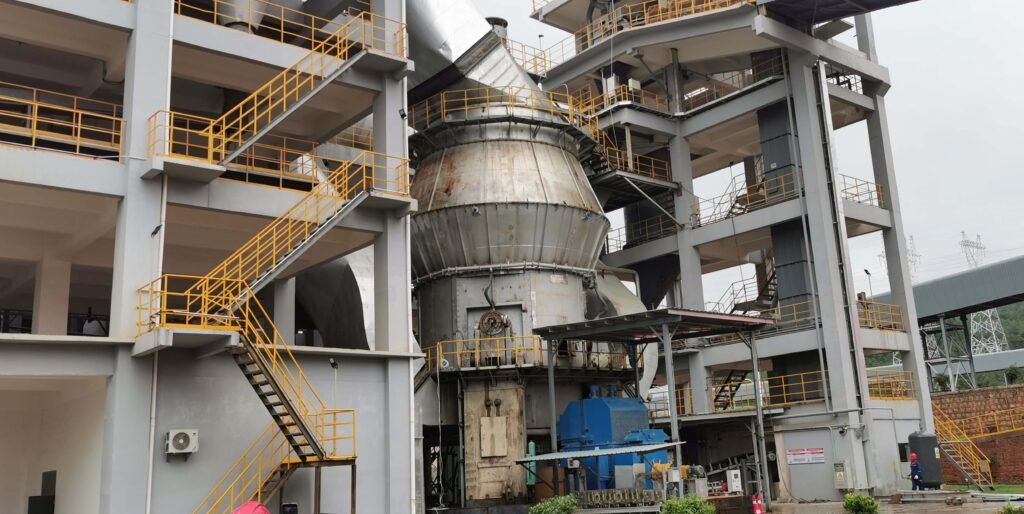
Fine-grained raw materials are fed to raw material vertical roller mills in the required proportions to further reduce the particle size, and then stored in silos, while completing the material mixing and homogenization process.
Clinker calcination
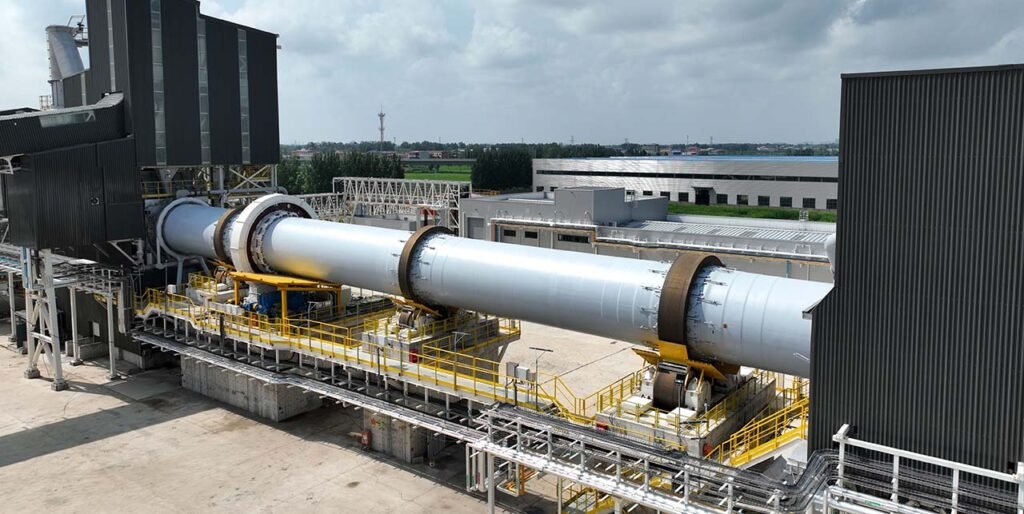
Cement raw materials are fed into cement rotary kilns and calcined at high temperatures. After a series of chemical reactions, some spherical gray particles are generated, which we call clinker. In cement coolers, these hot clinkers will be cooled to room temperature.
Clinker grinding
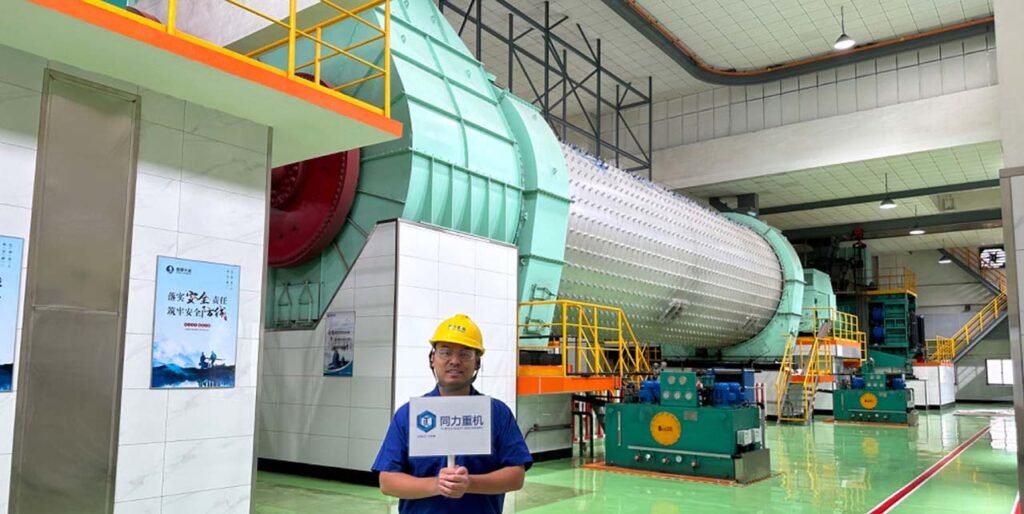
After the clinker is cooled, it is mixed with pozzolanic materials and gypsum in the required proportions and sent to cement ball mills for final grinding. Cement powder is usually stored in cement silos and then bagged and stored in warehouses.
PPC cement vs OPC cement
What is OPC Cement?
OPC stands for Ordinary Portland Cement and is the most common type of cement used in the construction industry. OPC cement is made by grinding clinker, gypsum, and other materials such as limestone, fly ash, or slag into a fine powder. This cement is very versatile and can be used for a variety of construction purposes such as building foundations, bridges, roads, and many other structures. OPC cement is available in different grades, commonly OPC 33, OPC 43, and OPC 53, each with different strength properties.
Comparison between PPC cement and OPC cement
When choosing between OPC and PPC cement, there are several factors to consider. OPC is made from limestone and clay, while PPC is made from limestone and gypsum. So, what is the difference between OPC and PPC cement? Listed below are some of the differentiating criteria between the two.
| Parameter | OPC Cement | PPC Cement |
| Composition | The main difference between OPC and PPC cement lies in their composition. OPC is made by grinding limestone, clinker, and other materials. | PPC is made by grinding a mixture of limestone, clay, and fly ash. |
| Cost | OPC is generally more expensive due to higher energy and production costs for clinker manufacturing. | Typically more cost-effective than OPC, as it incorporates supplementary materials like fly ash or slag. |
| Workability | OPC's workability is influenced by particle fineness and setting time, depending on the grade. | PPC generally offers better workability due to finer particles and pozzolanic properties. |
| Applications | Used in constructions where very high concrete strength is not required. | Used in structures where high concrete strength is essential. |
| Strength | Known for higher early strength, especially OPC 53 grade, which shows greater compressive strength during early curing. | PPC may have slightly lower initial strength, but it gains strength steadily over time, often matching or exceeding OPC in the long term. |
| Durability | While OPC provides good strength, its durability may be slightly lower in some conditions. | Pozzolanic materials in PPC enhance durability, improve resistance to corrosive chemicals, and boost long-term strength. |
How to choose between OPC and PPC cement
Choosing the right cement is essential for the strength and durability of your home. OPC cement is ideal for fast setting and early strength, while PPC cement is more focused on long-term durability and resistance to environmental factors. Remember, once you choose your cement, you can't change it, so choose the cement that best suits your project needs. If you're wondering which cement is best, OPC or PPC cement, it depends on whether you prioritize early strength or long-term durability.
PPC Cement FAQ
Portland pozzolanic cement (PPC) is the best choice for plastering as it provides strength, longevity, stability and durability to buildings. PPC has a lower heat of hydration than OPC, making it ideal for plastering.
PPC is made by grinding pozzolanic materials mixed with Portland clinker, while PSC is made by mixing blast furnace slag with Portland clinker. Portland clinker is made by heating a mixture of lime and silica at very high temperatures. The mixture also contains small amounts of iron oxide and aluminum oxide.
PPC is often used in the construction of buildings near oceans, rivers and reservoirs such as dams due to its waterproofing properties. It is used in the construction of prestressed and post-tensioned concrete. PPC is mainly used in masonry mortar and plastering works.
When choosing cement, the choice between PPC and PSC depends on the specific project requirements. PPC develops strength slowly and has good durability. PSC, on the other hand, has early strength and good durability. Both cements meet different building needs.
Not ideal - at temperatures below 5°C, an accelerator may be required as PPC concrete sets more slowly.
conclusion
PPC cement is a smarter, greener alternative to traditional OPC cement, offering improved durability, cost savings, and environmental benefits. Whether you are building a residential building (where fly ash-based PPC excels) or a marine structure (where sulfate resistance is required), choosing the right type ensures optimal performance. PPC is an ideal choice for the construction industry due to its durability, cost-effectiveness, and environmentally friendly properties. Its use continues to grow in residential, commercial, and infrastructure projects. However, it requires proper maintenance and is not suitable for fast-paced construction. Understanding the IS specifications and applications of PPC will help you make an informed decision when choosing the right cement for any project. PPC has a wide range of applications in the construction sector, covering many areas such as hydraulic structures, marine environments, oil well cement production, and transportation infrastructure. Using PPC can improve the performance and lifespan of concrete structures and follow sustainable construction practices. By introducing PPC in construction projects, the industry can obtain a long-lasting, sustainable, and cost-effective solution.

